Introduction
Today, we'll discuss a fascinating phenomenon in Legends of Runeterra. One that many times prevents you from playing strong meta decks:
That is, "The Good Deck with a Low Win Rate".
Historically, this has happened quite frequently. Many players overlook strong lists because they don't have great numbers on data websites.
The list we chose to cover today is Deep, which currently has a 47% win rate, but is one of the best decks around.
Explaining the Phenomenon
When most players look for lists on data websites, they usually filter for decks that have “The Best Win Rate” + “In the last 2/3 days (depending on the website)”.
Ad
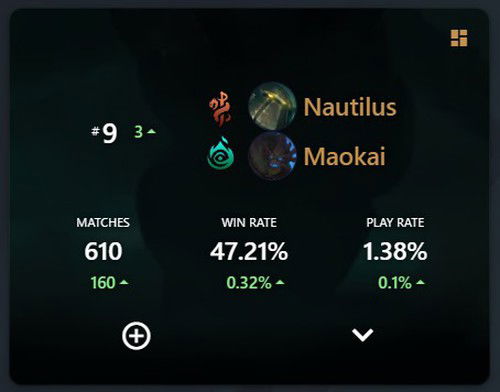
However, it is recommended to use, alongside these two filters, a few other critical filters:
- Rank.
- Server.
Check out this deck's win rate in the American server, considering just Master rank players in the last 2 days.

Now, let's compare it with the win rates from EU and APAC, respectively, considering only Master matches in the last two days.
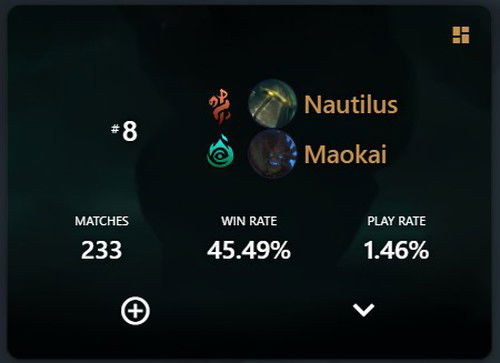

See how this win rate drops significantly when we look at matches from the other regions? This happens because the meta in these regions is very different. And the decks that have a great matchup against Deep, like Braum Gnar Elder Dragon and Hecarim decks are a bit more popular in Europe and Asia than in the Americas.
(These lists are also popular in the Americas server, but in the other servers there are more matches with these decks in particular. This means Deep will face tougher matchups in these servers and, as a result, will have a lower win rate.)
However, if you check out the stats from the best Deep players in the Americas server, most of them have over 60% win rate:

So, we ask ourselves, "why do the best players have over 60% win rate if the average win rate for this deck is relatively low?"
Why is this deck's win rate low if there are players who have over 60% win rate with it?
We can explain this with three factors. The first one is:
Inexperienced Players Look for Strong Decks in pParticular.
Now, on the ranked queue, you can get your opponent's deck at the end of the match. It is quite common, when you lose, to get your opponent's deck.
Many players probably copy their opponent's Deep deck when they lose to it, but, when they play it, they can't make it work because they don't have any experience with this archetype.
Keep in mind that, after Riot Games decided to retire the game's entire competitive circuit, the number of players on the ranked queue dropped significantly, and many veteran players stopped playing LoR. Today, we have assiduous players who are a homogeneous mixture of the veteran players who remained, and new players who started playing because of the last expansion. And these new players have probably never played Deep, even though it has existed for almost 4 years. This may be bringing this deck's win rate down. These players test the list, lose, and don't play with it again.
This used to happen with Ryze lists. They always had around 48% to 49% win rate in the ranked queue, even though it was one of the best archetypes in competitive tournaments.
Ad
Second Phenomenon:
Deckbuilding
Deep is a very "closed-off" archetype that, if badly built, may end up losing many matches simply because you didn't draw the card you needed in that matchup.
Let's check out a Deep list with 47% win rate and around 59 games in the last few days. This was the most popular list yesterday, when this article was written (May 13th).

Now, let's see the Deep list that has the best win rate in the American server. It was played by "Rayleigh" and had around 69% win rate.
There is a clear difference in how both lists were built. The "worse" list only has one copy of Megatusk, even though it is one of the most important cards in this archetype. The "worse" deck also has The Slaughter Docks, even though this card has never been incredibly strong for this archetype.
These small changes make all the difference in the world when it's time to play in the ranked queue. "Rayleigh" has more Megatusks, more card draw, and thus more space to play Sea Monsters on the board - this is what makes this list way more powerful than the other one.
Good and Bad Matchups Scattered Homogeneously Over the Meta
If we check what are the good matchups this list has, we realize Deep is strong against most Elder Dragon lists.

This is a great competitive advantage, considering almost half the ranked queue is Elder Dragon decks.
The problem is that practically the whole other half of the meta beats Deep.
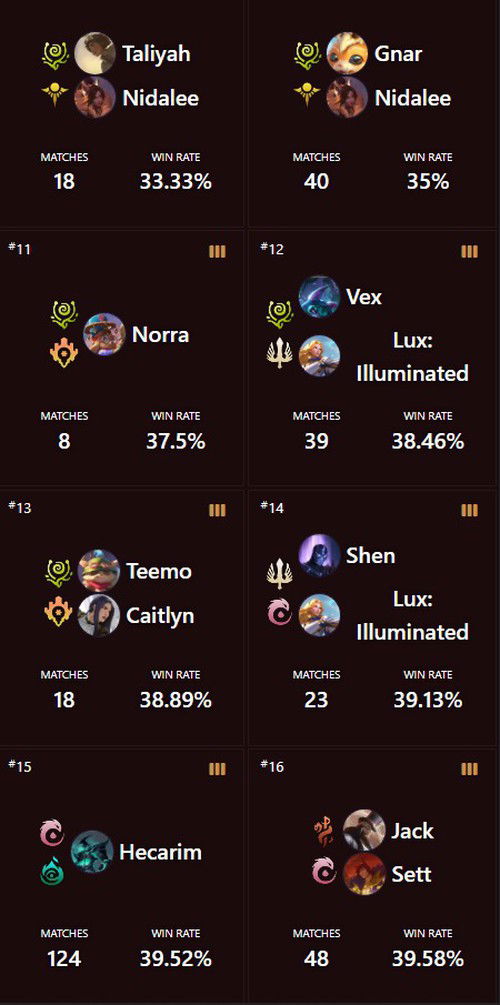
So, we may say Deep is an Elder Dragon "counter", and its win rate is directly tied to how popular these lists are on the ranked queue.
After All, is Deep Good or Not?
Yes. Deep is a great list, but it has a few problems:
- It is difficult to pilot if you don't have any experience with this archetype.
- It is a closed list, which means it doesn't have any space for cards that don't perform well. You always need to use the best cards you possibly can for this deck.
- This deck "counters" the meta. This means, if the meta changes, and Elder Dragon decks are no longer popular, Deep will also no longer be popular and strong in the meta. So, enjoy it while it lasts.
My recommendation for anyone who wants to raise their ranks in LoR is to play Deep. As most players prefer to climb ranks with Elder Dragon lists because of how strong they are, you'll probably face lots of these decks in your journey. In Masters, below 100 LP, Deep tends to perform a bit worse because in this rank players tend to test out decks that aren't that popular in the ranked queue. This is a bit prejudicial for this deck because it is punished by aggressive lists in general.
Final Words

Ad
If you read this far, thank you! I hope you had fun and enjoyed reading this article.
Don't forget to share. See you next time!






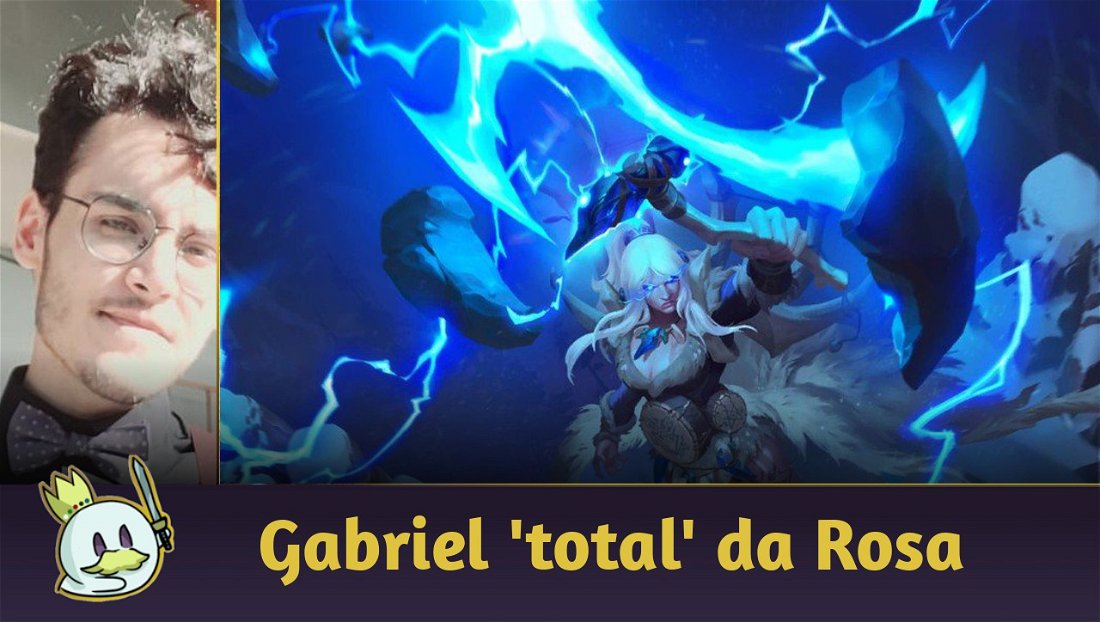
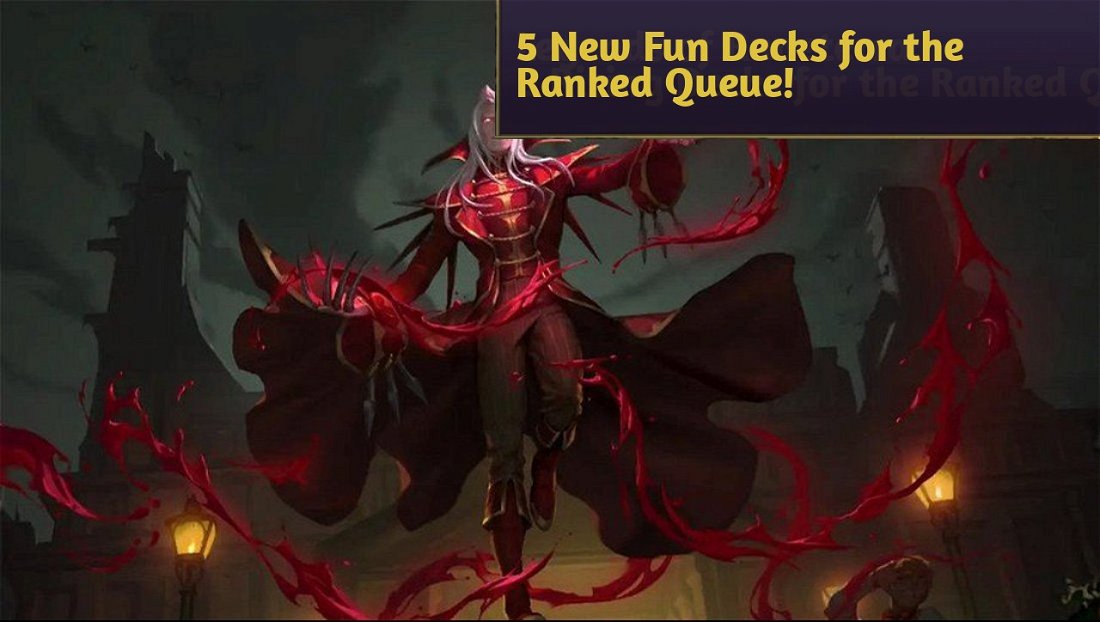



— Kommentare0
Sei der erste der kommentiert